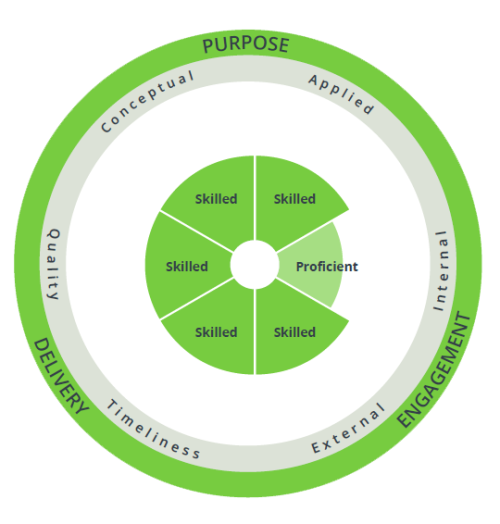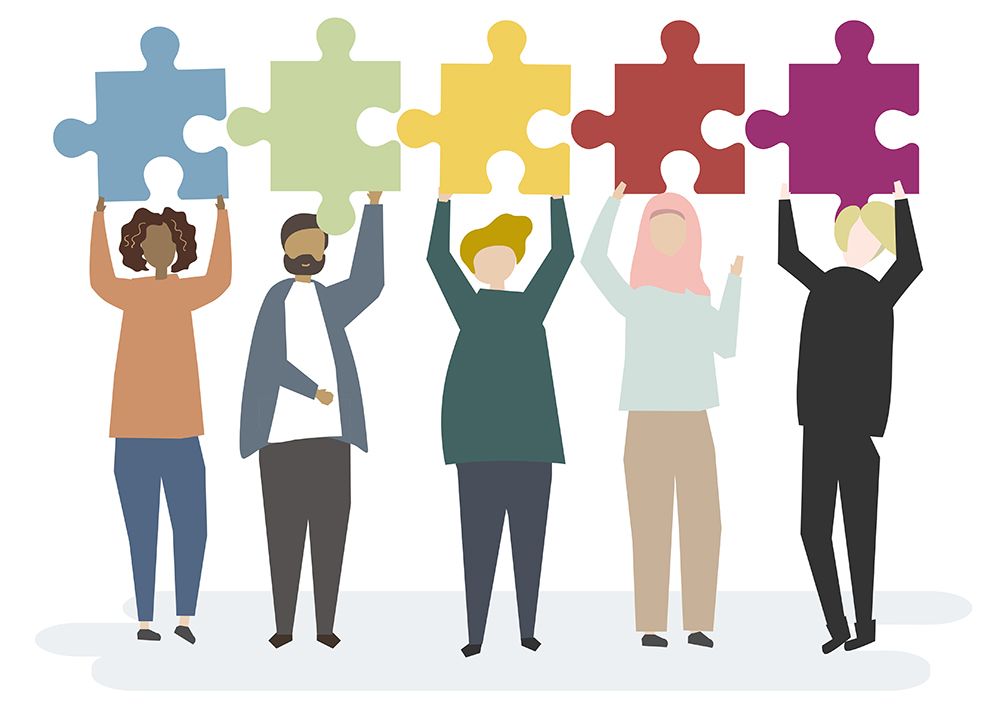- April 2024
- March 2024
- February 2024
- January 2024
- December 2023
- November 2023
- October 2023
- September 2023
- July 2023
- May 2023
- April 2023
- March 2023
- February 2023
- January 2023
- December 2022
- November 2022
- October 2022
- September 2022
- August 2022
- July 2022
- June 2022
- May 2022
- April 2022
- March 2022
- February 2022
- January 2022
- December 2021
- November 2021
- October 2021
- September 2021
- August 2021
- July 2021
- June 2021
- May 2021
- April 2021
- March 2021
- December 2020
- August 2020
- July 2020
- June 2020
- May 2020
- April 2020

Community™ Skills
Measure Skills and Knowledge
With Community™ Skills, organizations finally have an explicit way to measure knowledge and experience, providing a solid foundation to establish equity in the workforce.
You can finally understand your employees’ accumulated skills and knowledge to make confident talent management decisions for your organization.
— Carel Ariola, Corporate Services Manager, Birches Group
Community™ Skills consists of a progression of five Skills stages, which can be used to measure the growth of an employee’s capacity. Skills ratings can be aligned to compensation, recruitment, learning and development, succession planning, and more.
As employees build skills, they increase their value to the organization. Using Community™ Skills, compensation policies can be developed to align and link skills growth with pay increases.
Creating a learning plan starts with understanding the skills required for the job and the skills gaps in your workforce.
Staff development can be tailored at every job level to be able to push out more of the work that is essential to the organization’s success.
Community™ Skills is about measuring the stages of skill and knowledge growth. Using the Birches Group Community™ job levels, we have developed explicit measures for each job evaluation indicator, arrayed over five separate skill levels.
The Community™ Skills framework defines the five stages of progression from Basic to Master aligned to the same three factors and levels used in the Community™ Jobs standard. For each job evaluation factor, two indicators have been identified, resulting in a total of thirty milestones of Skills through which staff progress within their grade, and can serve as milestones for the progression to the next higher grade.
The Community™ Skills assessment tool can be used for multiple purposes, including ensuring unbiased application of starting salaries, managing pay, learning and development planning, succession planning, and promotion readiness to name a few.
Track Employee’s
Learning and Growth
Through the articulation of the five Community™ Skills stages and six indicators for each stage, managers can now measure the skill levels of their staff and identify indicators where further development is needed. Over time, it is possible to observe Skills growth and align it with pay adjustments and determine readiness for the next grade or assignment.
Establish Fair
and Equitable Hiring Practices
Community™ Skills makes it possible for organizations to target the right candidate they need by allowing them to define the appropriate skill level required for a role. And because assessments are purely based on the candidate’s skill level, setting starting salaries during the recruitment process is simpler, more objective, and easily justifiable to management.
Manage Pay Movement Clearly and Objectively
With the five stages of knowledge mapped across the different points in the salary range, Community™ Skills makes it possible for organizations to fully utilize their salary ranges and manage pay clearly and objectively. As staff build skills, they move across the stages driving movement in pay within their salary grade, and personal biases such as gender, race, etc. will have no impact on the increase that an employee receives.
Prepare for Career Pathing
Through the five stages of Community™ Skills, managers can plan the career paths of their staff ahead of time, ensuring promotion readiness to assume the responsibilities expected either at the next higher grade or deeper into the next skill stages of their current grade level.
Create Learning and
Development Assignments
Creating learning plans is now a collaborative effort between the manager and staff. Because each skill stage is predictable and explicit, staff can equally take ownership of their development by providing feedback/suggestions that will further refine their individual initiatives that facilitate skills growth.
Charting Your People’s Growth and Skills
If you’re ready to overhaul your talent management tools or just get access to better skills data,
Community™ Skills can finally connect careers with compensation.








